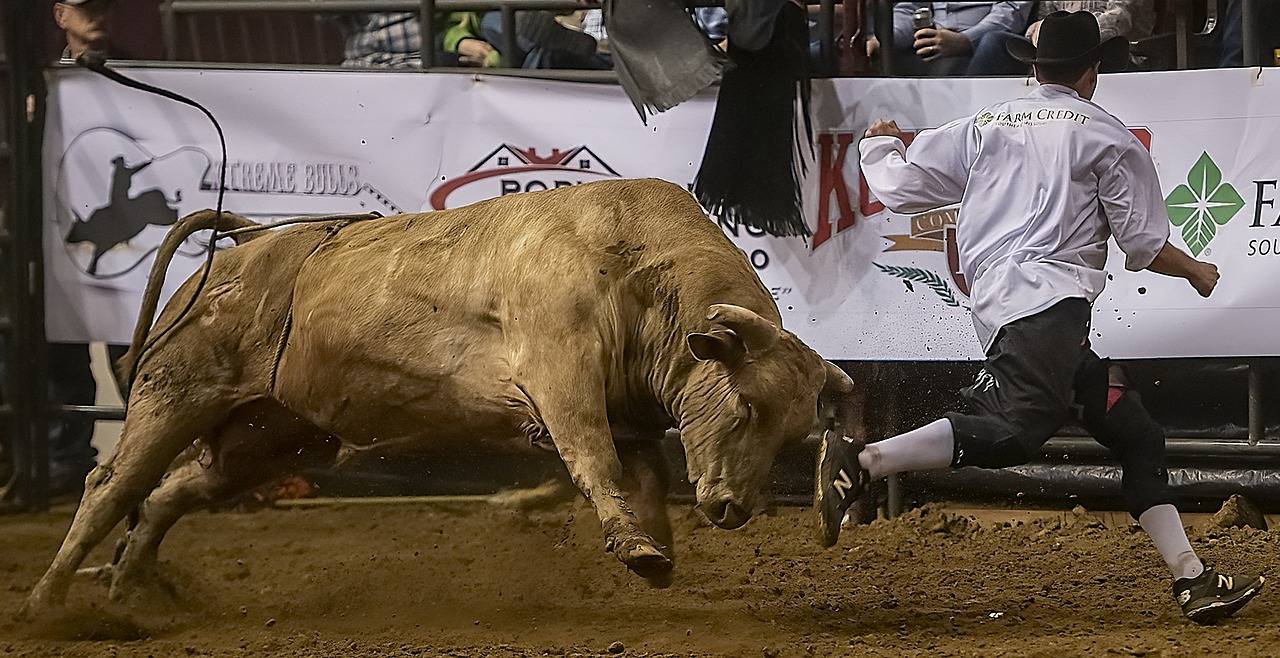The Art of Visual Effects Makeup in Film and TV
Visual effects makeup plays a pivotal role in transforming actors into various characters on screen. One key aspect is prosthetic makeup, which involves the use of prosthetic pieces such as masks, appliances, and molds to alter the appearance of an actor. These pieces are meticulously crafted to fit the actor’s face or body, creating lifelike features that can range from subtle changes to elaborate transformations.
Another crucial aspect is the use of special makeup effects, which involve techniques such as aging, wounds, scars, and creature design. Makeup artists use a variety of materials and tools to create these effects, including sculpting tools, color pigments, and adhesives. Through skillful application and blending, they bring unreal creatures and fantastical characters to life, adding depth and realism to the storytelling on screen.
History of Visual Effects Makeup in Entertainment Industry
Visual effects makeup has played a vital role in the entertainment industry for decades, transforming actors into fantastical creatures and bringing characters to life on screen. Dating back to the early 1900s, the use of makeup in films began with basic applications to enhance actors’ features under harsh lighting. As the industry evolved, artists began experimenting with prosthetics and special effects makeup to create more intricate and realistic looks.
One of the earliest pioneers of visual effects makeup was Lon Chaney, known as the “Man of a Thousand Faces,” who was famous for his transformative performances in classic horror films such as “The Phantom of the Opera” and “The Hunchback of Notre Dame.” Chaney’s skill in creating elaborate makeup designs set a precedent for future artists in the industry, inspiring a new wave of creativity and innovation in visual effects makeup. Over the years, advancements in technology and materials have allowed makeup artists to push the boundaries of their craft, continuously raising the bar for what is possible on screen.
What are some key aspects of visual effects makeup?
Some key aspects of visual effects makeup include prosthetics, special effects makeup, creature design, aging makeup, and character transformation.
When did visual effects makeup first start being used in the entertainment industry?
Visual effects makeup has been used in the entertainment industry since the early 20th century, with pioneers such as Lon Chaney known for their transformative makeup work.
How has visual effects makeup evolved over the years?
Visual effects makeup has evolved significantly over the years, with advancements in materials, techniques, and technology allowing for more realistic and intricate effects.
What are some iconic examples of visual effects makeup in film and television?
Some iconic examples of visual effects makeup in film and television include the transformation of Robert Englund into Freddy Krueger in “A Nightmare on Elm Street” and the creature designs in “Star Wars”.
How important is visual effects makeup in the entertainment industry?
Visual effects makeup plays a crucial role in bringing characters to life on screen, enhancing storytelling, and creating memorable moments for audiences.





